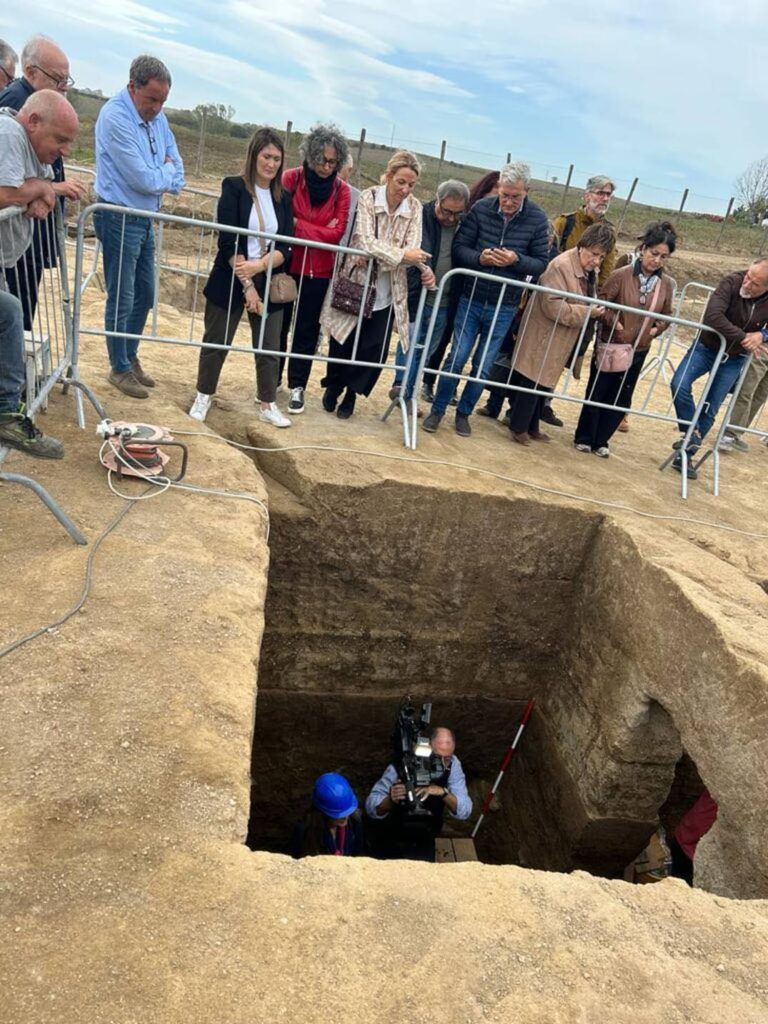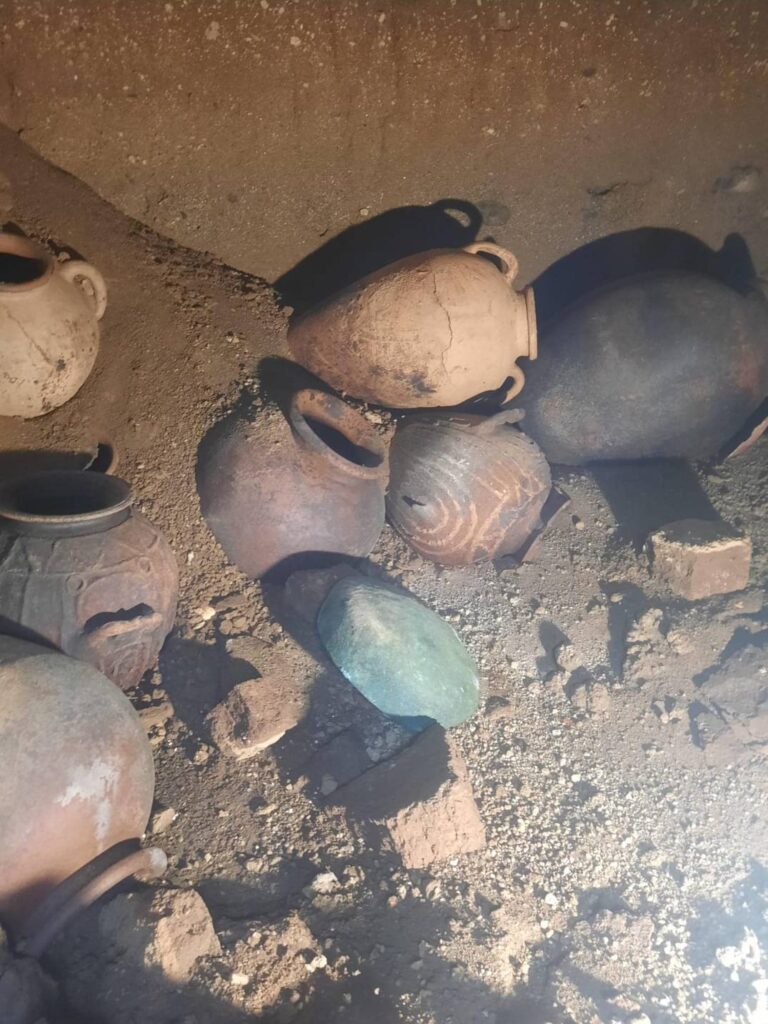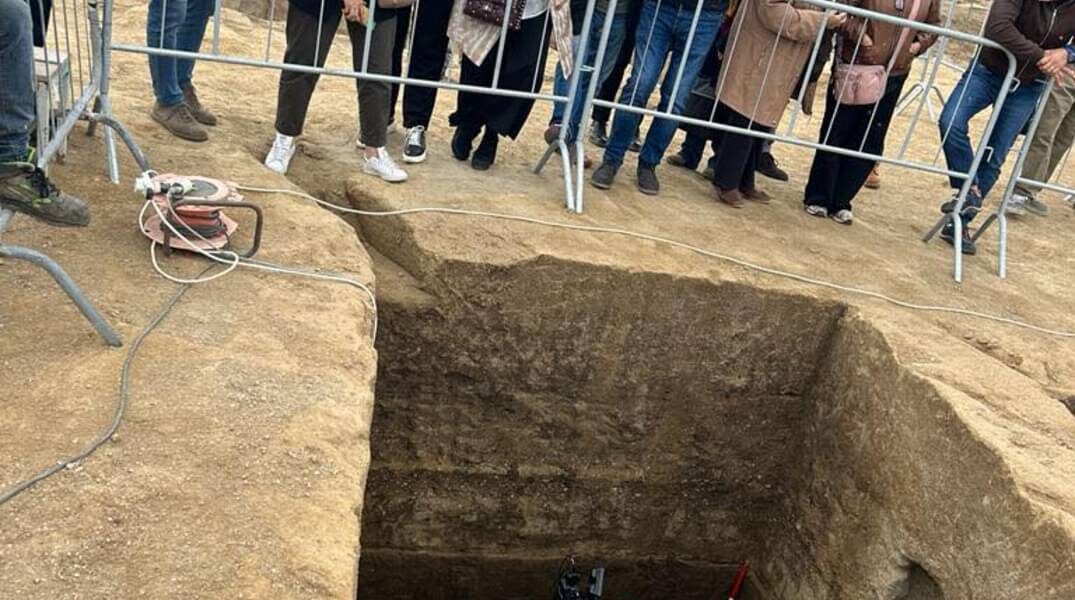Community leaders and archaeologists recently gathered in the municipality of Montalto di Castro in central Italy to witness the opening of an ancient Etruscan tomb at the Osteria Necropolis in Vulci. Described as a "day of culture and history," the event marked the unveiling of a tomb that dates back over 2,500 years.
The Etruscans, who once inhabited the land that is now modern-day Italy, flourished as a network of city-states until their decline in the 4th century B.C. following the Roman-Etruscan wars.
Located near Montalto di Castro, Vulci is an archaeological site that was once a thriving Etruscan city. It has become popular among tourists and researchers alike for its ruins and ongoing excavations. The tomb, which was discovered earlier this year, remained remarkably intact and was officially opened to the public in late October. This followed the opening of a similar tomb in the area back in April.
The event was attended by Montalto di Castro Mayor Emanuela Socciarelli, Simona Baldassarre (Councilor of Culture for the Lazio region), Simona Carosi (Manager of the Superintendency of Archaeology for the province of Viterbo and southern Etruria), Carlos Casi (Director of the Vulci Foundation), and archaeologists involved in the excavation.


Inside the tomb, archaeologists unearthed a trove of ancient treasures, including pottery, amphorae, utensils, cups, iron objects, and various ceramics and decorative accessories. One noteworthy discovery was a collection of amphorae filled with wine believed to be sourced from the Greek island of Chios, indicating possible wine trade during that era. Moreover, a tablecloth, possibly used for a funerary ritual offering known as "the last meal" or "meal of the dead," and a bronze cauldron were also found.
The well-preserved personal belongings found in the tomb suggest that the family for whom it was constructed was likely of considerable wealth during its time. Additionally, archaeologists and historians find the complex structure and layout of the burial site to be of great significance. Notably, the tomb features a partition hewn from rock, creating an arched passage between the short corridor with steps (dromos) and the vestibule. From the vestibule, access is granted to two rooms, the front one and the one on the left, with the absence of the usual room on the right, presumably occupied by other tombs. This unique design offers valuable insights into ancient burial practices and traditions.


